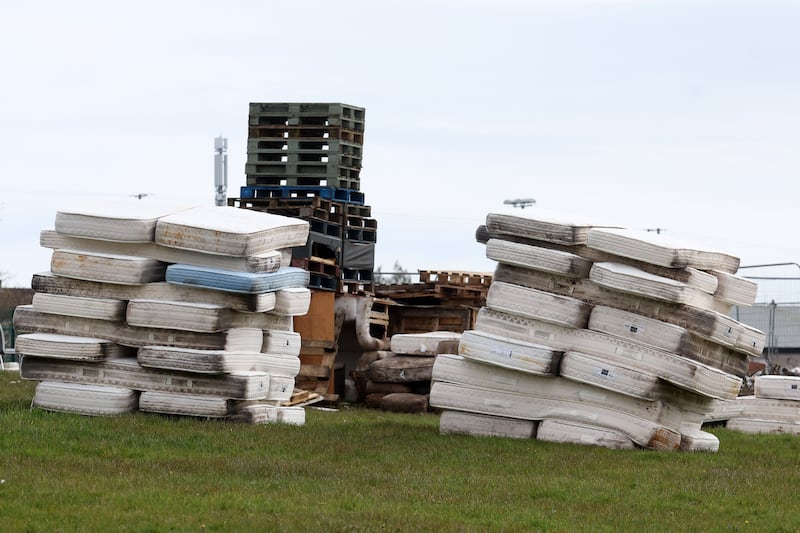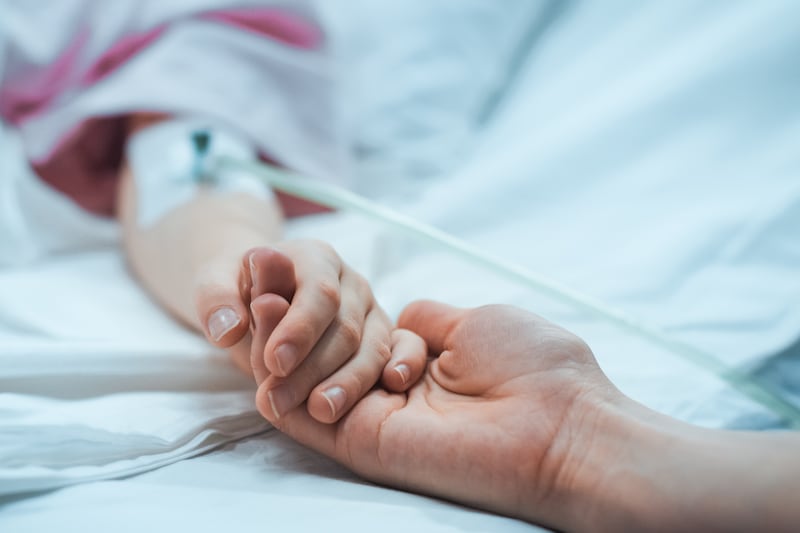An alarming new report on the death rate among the most seriously ill patients who arrive at our emergency departments will add to the sense that the health service in Northern Ireland is struggling.
The report, co-authored by Dr Russell McLaughlin, an A&E consultant at the Royal Victoria Hospital, provides a worrying snapshot of trauma care and presents a significant challenge to the minister and the health authorities.
The research represents the north's first trauma audit and while the sample was small - 84 patients in four months - Dr McLaughlin said the findings were significant.
What he found was frankly shocking. Twenty-one out of the 84 very ill and seriously injured patients attending emergency departments died, a mortality rate of 25 per cent.
According to Dr McLaughlin, the rate in other countries is 15 per cent, indicating we are falling well behind health services in the developed world.
What appears to be happening elsewhere, including England, Wales and the Republic, is that patient cases are continuously audited to improve survival rates.
In England, it has been shown that lives have been saved as the result of a `trauma network' which ensures patients receive the best possible care from the scene of an accident until their rehabilitation at home.
In Australia, the introduction of a dedicated trauma system saw the death rate fall from 15 per cent to 11 per cent.
Every minute counts when someone suffers a life-threatening injury or massive heart attack, however, the Northern Ireland report found that the average time spent by trauma patients in A&E was 240 minutes with one person waiting 17 hours.
A death rate of 25 per cent is completely unacceptable and given the experience of other countries there is a strong case for audits to be carried out here.
The message of this report is clear. We must do better to improve the chances of someone surviving a road accident or fall in Northern Ireland.







